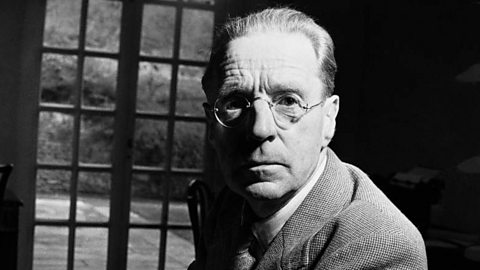The airport can be a scary place if you donŌĆÖt know how it works. It seems impossible to keep control of such a busy place but there are lots of ŌĆśsuperheroesŌĆÖ working behind the scenes to make sure everything runs smoothly.
You might not even notice, but from the time you arrive at the front door until youŌĆÖre safely in the air, your journey is managed like a well-oiled machine. WellŌĆ”most of the time!
Join The Maddikins on their journey through Infinity Airport. Watch out for the 'Superheroes' who help get them on holiday.
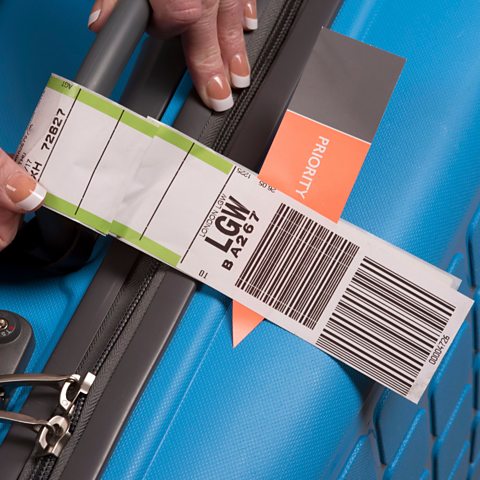
Check in
Your first stop will be the check in desk. This is where you drop your bag and get your boarding pass ŌĆō your ticket to get on the plane - but first you'll need to show your passport.
Check in staff will stick a luggage tag on your bag to make sure it gets to the right place. It contains all of your flight details and a special three letter code for the airport you're flying to.
These tags don't look like much, but they're resistant to cold, heat, sunlight, ice, oil and moisture, plus practically indestructible!

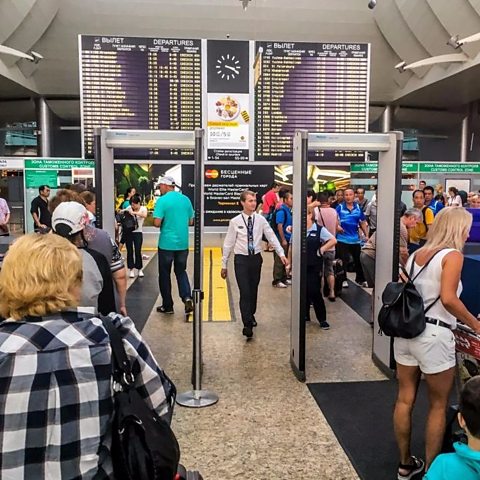
Security
No-one gets on a plane before passing through airport security. ItŌĆÖs their job to make sure that dangerous situations donŌĆÖt arise in the airport building or on a flight.
Any bags you want to take on the plane will have to be checked for dangerous items. Some of these, like flammable liquids and knives are obvious, but did you know you can't travel with party poppers?
You'll also have to step through the metal detector. This uses electrical pulses to create a magnetic field which picks up metal items that could be hidden under clothes.

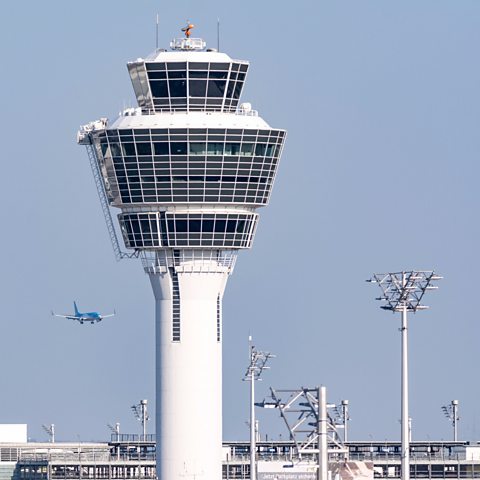
Air traffic control
You might spot the air traffic control tower near the runway. ThatŌĆÖs where the staff use radar screens and radios to keep track of all of the planes coming and going.
They help avoid delays by ensuring every pilot knows where to land and has a slot, or place in the queue, to take off. In the UK, air traffic controllers deal with over 6,000 flights per day.
Just like there are roads for vehicles on the ground, planes use airways in the sky. These can be up to ten miles wide and 24,000 feet high.

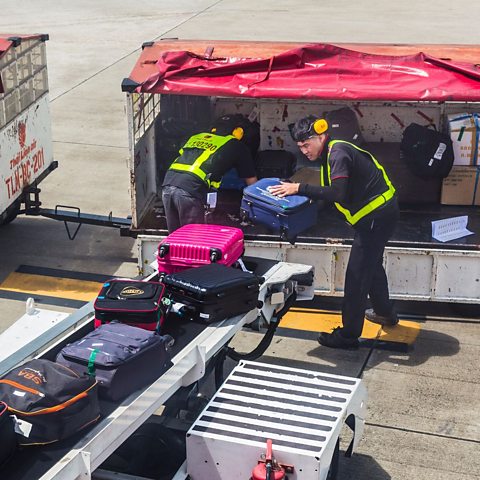
Baggage loading
Your bags donŌĆÖt just magically appear at your destination - they make the journey with you. First they have to be lifted and loaded and that's the job of the baggage handlers.
Remember those luggage tags from earlier? They also have a series of barcodes which are scanned by special machines as your bag makes its way around the airport on a huge network of conveyor belts.
Once ferried to the right location, the baggage handlers transfer all of the bags to the plane and sort them like a jigsaw puzzle to use up all of the available space and make sure the weight is balanced.

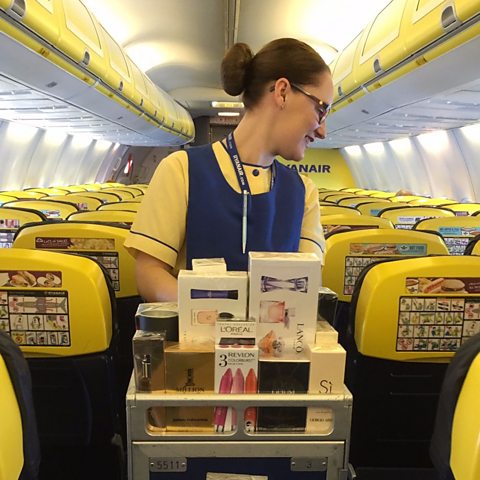
On board
Getting on the plane is called ŌĆśboardingŌĆÖ and cabin crew staff will be waiting to help you. It's their job to look after your comfort and safety on the flight.
Before take-off, cabin crew will make sure there are enough supplies for the journey, check safety equipment, like seat belts and lifejackets, and show you how to use them.
Not only are cabin crew trained to deal with emergency situations and deliver first aid, once in the air they'll serve food and drink and sell things like perfume and train tickets for when you land.


More on Flight
Find out more by working through a topic
- count4 of 4

- count1 of 4
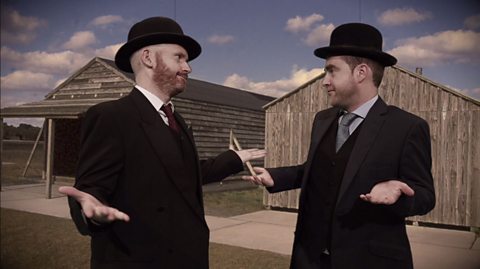
- count2 of 4
